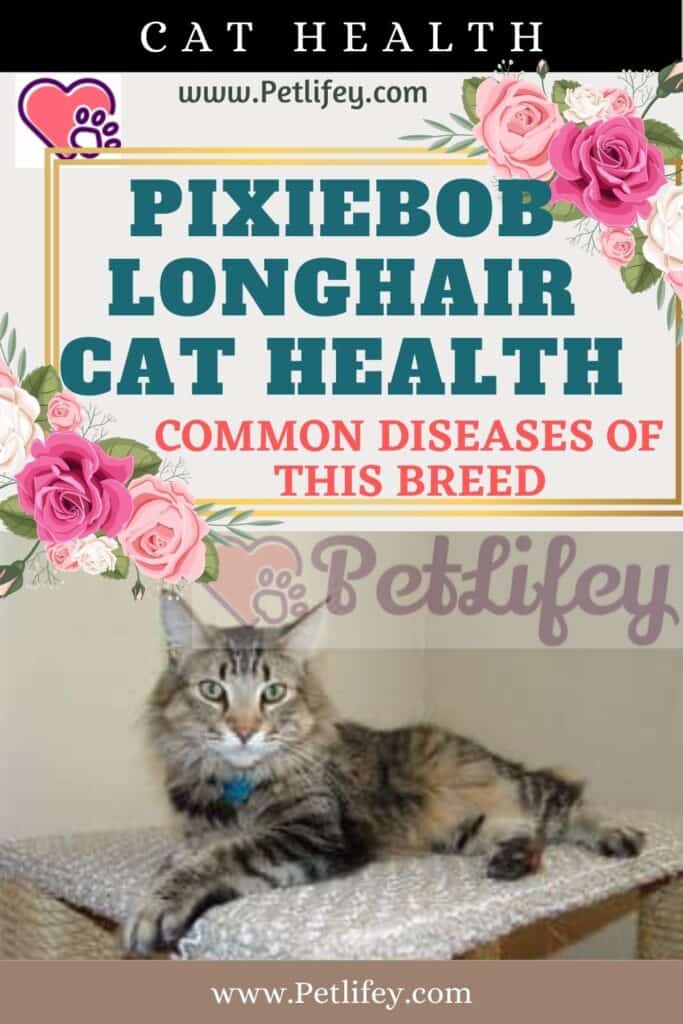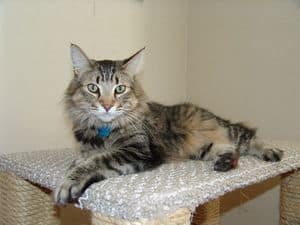In this article dedicated to the health of the Pixiebob Longhair we discover together how to recognize and treat the common diseases of the breed.

Knowing everything about the health of our four-legged friend is essential for his life to be long and healthy. This article is dedicated to the common diseases of Pixiebob Longhair : let’s examine a complete list, with information on symptoms, causes, diagnosis and treatment of the various diseases.
Common diseases of the Pixiebob Longhair: the complete list

Large, muscular, athletic: specimens of this breed generally enjoy excellent health.
Just think, in fact, that the average duration of their life is between 14 and 20 years. In any case, there are some inherited diseases that are genetically transmitted from one generation to the next.
Common diseases of Pixiebob Longhair include:
- Hypertrophic cardiomyopathy
- Cryptorchidism
- Fetal dystocia
In addition to genetic diseases, specimens of this breed can contract common ailments in cats, such as allergies, dermatitis and infections.
Hypertrophic cardiomyopathy
Among the common diseases in Pixiebob Longhair is hypertrophic cardiomyopathy.It is a heart disease that involves thickening of the left ventricle, whose lumen is reduced.
As a result, the confined space impairs normal blood circulation. The symptoms with which the disease presents are:
- Difficulty in breathing
- Weakness
- Heart murmur
- Pleural effusion
- Pulmonary edema
- Syncope
Unfortunately, to date there is no definitive cure for the disease. The methods of intervention and the prognosis depend on the conditions of the individual specimen.
Cryptorchidism
Cryptorchidism is one of the common diseases in Pixiebob Longhair.
This is a condition where one or both testicles fail to descend from the abdomen to the scotus. This process should take place around 3 months of the puppy’s life.
However, to make a definitive diagnosis it is necessary to wait for the cat to be one year old. Around this age, the cat will undergo abdominal ultrasound.
In this way, it will be possible to clarify whether the testicles are in the abdominal cavity or are absent altogether, for a condition better known as anorchidism.
The risks of cryptorchidism are the onset of cancer and acute abdomen syndrome. For this, surgical removal of the testicle is essential.
Furthermore, since it is a hereditary disease, the reproduction of cats affected by this disease is strongly discouraged.
Fetal dystocia
Finally, fetal dystocia closes the list of common diseases of Pixiebob Longhair.
This term indicates a difficult birth, which can be caused by a number of different factors. These include:
- Excessively large size of the fetus relative to the mother’s body
- Malformations of the fetus
- Simultaneous presence of two fetuses
- Secondary uterine inertia
For this reason, the best advice is to carefully monitor the pregnancy of the cat and to assist her during the birth, even in the presence of the veterinarian.






